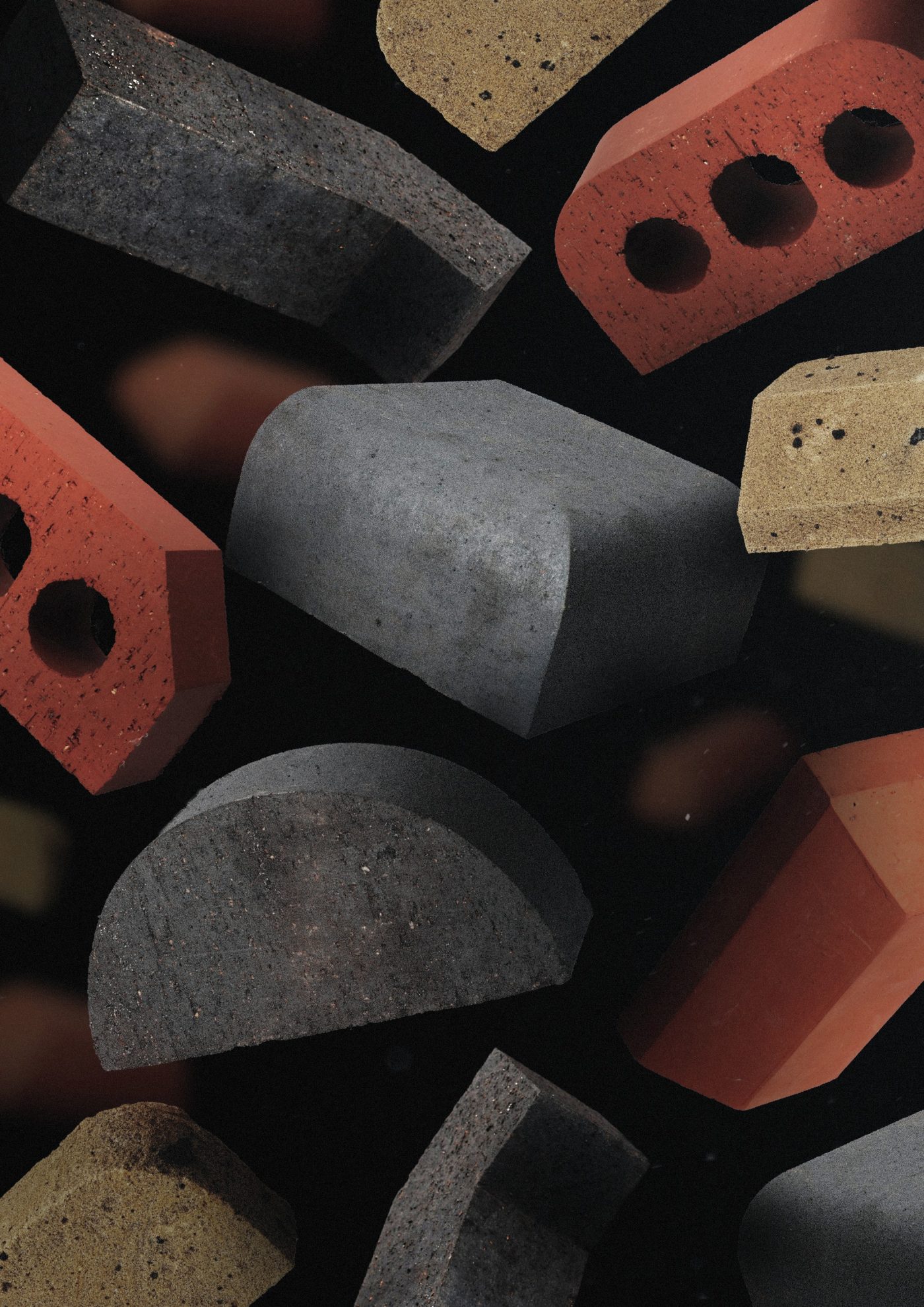Plinth bricks are used to create a single or double course splay detail, allowing change in depth to brickwork normally at the base of buildings. These bricks can also be typically used for window sills and corbelling details.
Plinth Bricks
Design note - Designers are recommended to specify dimension ‘D’ on Plinth bricks as 23mm rather than 9mm when using hand made or stock bricks. For alternative Plinth coursing, please refer to the 37 degree Plinth range.
Red indicates standard face matched to brick type. Where additional faces are required, please liaise with our Design Services Department. Please note that special shaped bricks may be solid, perforated or frogged unless specified otherwise. Manufactured special shapes may vary in colour and texture to the equivalent facing brick product.
Additional information
The British Standard for special shaped bricks, BS4729, identifies two options for plinth specials.
- Type 1 - 9mm upstand
- Type 2 - 23mm upstand
Both options have a splay of 45 degrees.
Single plinth course options

Double plinth course options

The 9mm upstand is easier to design with when a double plinth course is used, as the 9mm upstand combined with the 45 degree slope results in a total setback of 56mm – over two courses this allows the plinth course to align with the single course of bricks above without a ledge resulting. However, the disadvantage with the 9mm upstand is that it can be difficult to form with some handmade and stock brick types, losing its visual impact.
The 23mm upstand is preferred by many designers as it has more definition. It also has a 45 degree slope, which unfortunately only results in a 42mm setback (rather than the 56mm with the 9mm upstand). This can result in a ledge from the top of the plinth to the single course of brick above, which is not advisable as it can encourage water to collect on the top of the plinth courses, resulting in longer term staining. To avoid this, the plinth courses can be pushed back to align with the brickwork above, but the rear brickwork needs to be cut to accommodate this (see double plinth course option 3).
To avoid the problems associated with the British Standard plinth specials outlined above, wienerberger have designed a range of plinth specials that offer the visual impact of the 23mm upstand, but also provide the 56mm setback achieved with the type 1 9mm upstand. This is done by altering the angle of the splay to 37 degrees, hence the name of this range. There are a number of fittings that can be used in this range to address external and internal returns, angles and faced to side units at door openings.
For more information on our plinth brick options, contact us.

Want to use special bricks in your next project?
Find your nearest stockist or contact us now and we'll be happy to answer any questions you have.





















